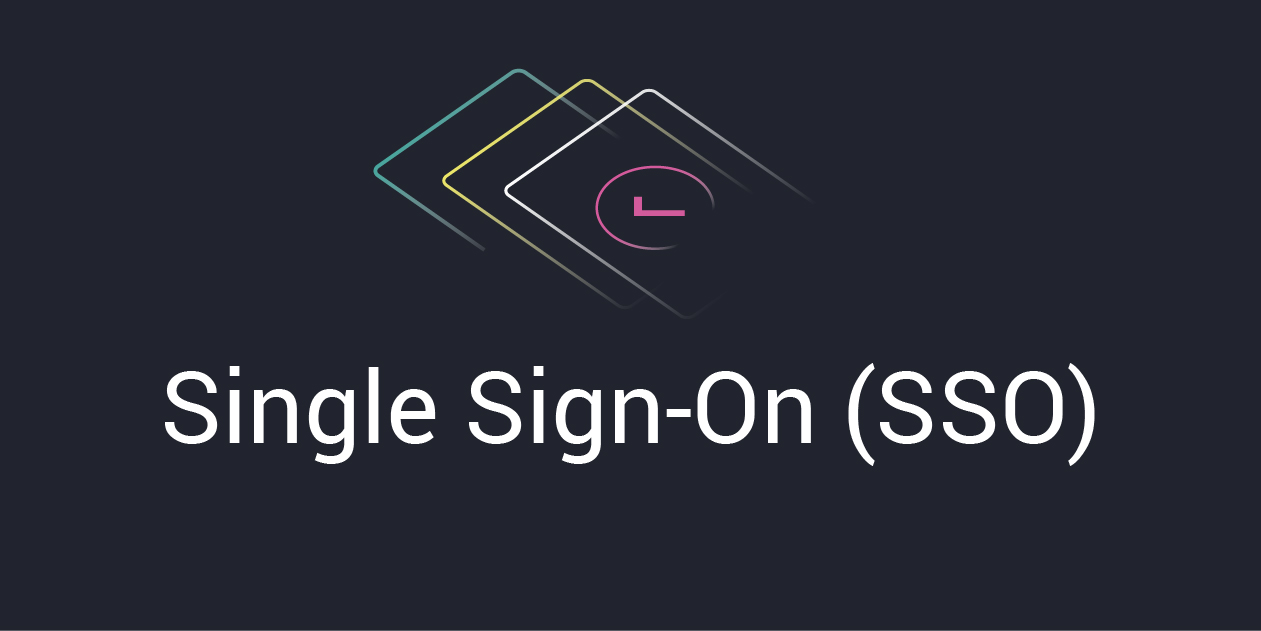
Single sign-on (SSO) is an authentication method that allows users to access multiple applications and websites with one set of credentials. SSO simplifies the login process for users and improves security by reducing the need for multiple passwords.
In this article, we will cover:
– What is the difference between single sign-on (SSO) and social sign-on?
– What are three benefits of single sign-on (SSO)?
– Is Facebook a SSO?
What is the difference between single sign-on (SSO) and social sign-on?
Single sign-on (SSO) and social sign-on are both types of federated identity management, which means they rely on a trusted third-party to verify the identity of users across different domains. However, they have some key differences.
Single sign-on (SSO) is typically used in a business context, where an organization manages the identity and access of its employees, customers, or partners to various applications and services. SSO uses a centralized identity provider (IdP), such as an SSO system or a directory service, to authenticate users and grant them access to connected applications. For example, an employee can use their corporate email and password to log in to their email, CRM, HR, and accounting applications without having to enter their credentials separately for each one.
Social sign-on is a form of SSO that allows users to log in to third-party websites or applications using their existing social media accounts, such as Facebook, Google, or Twitter. Social sign-on uses a social network as the identity provider (IdP), which shares some user information with the website or application that requests it. For example, a user can use their Facebook account to log in to an online shopping site or a news site without having to create a new account or password.
What are three benefits of single sign-on (SSO)?
Single sign-on (SSO) offers several benefits for both users and organizations, such as:
– Convenience: Users only have to remember one username and password to access multiple applications and websites. This saves time and reduces frustration.
– Security: Users can create stronger passwords and avoid reusing them across different services. This lowers the risk of password breaches, phishing, and identity theft. Organizations can also enforce password policies and monitor user activity more easily.
– Productivity: Users can switch between applications and websites seamlessly without having to log in repeatedly. This improves workflow efficiency and user experience.
Is Facebook a SSO?
Facebook is not a single sign-on (SSO) system, but it can act as an identity provider (IdP) for social sign-on. Facebook allows users to log in to other websites or applications using their Facebook credentials through its Facebook Login feature. However, this does not mean that users can access all of their Facebook-connected services with one login. Users still have to log in to Facebook separately from other applications or websites that use Facebook Login.
To learn more about how single sign-on (SSO) works, check out these resources:
– How Single Sign-On Works | Fortinet(https://www.fortinet.com/resources/cyberglossary/single-sign-on)
– What is SSO? | How single sign-on works | Cloudflare(https://www.cloudflare.com/learning/access-management/what-is-sso/)
– What Is Single Sign-On (SSO)? Definition, Process, and Best Practices(https://www.spiceworks.com/it-security/vulnerability-management/articles/what-is-single-sign-on/)
Dil Bole Oberoi





